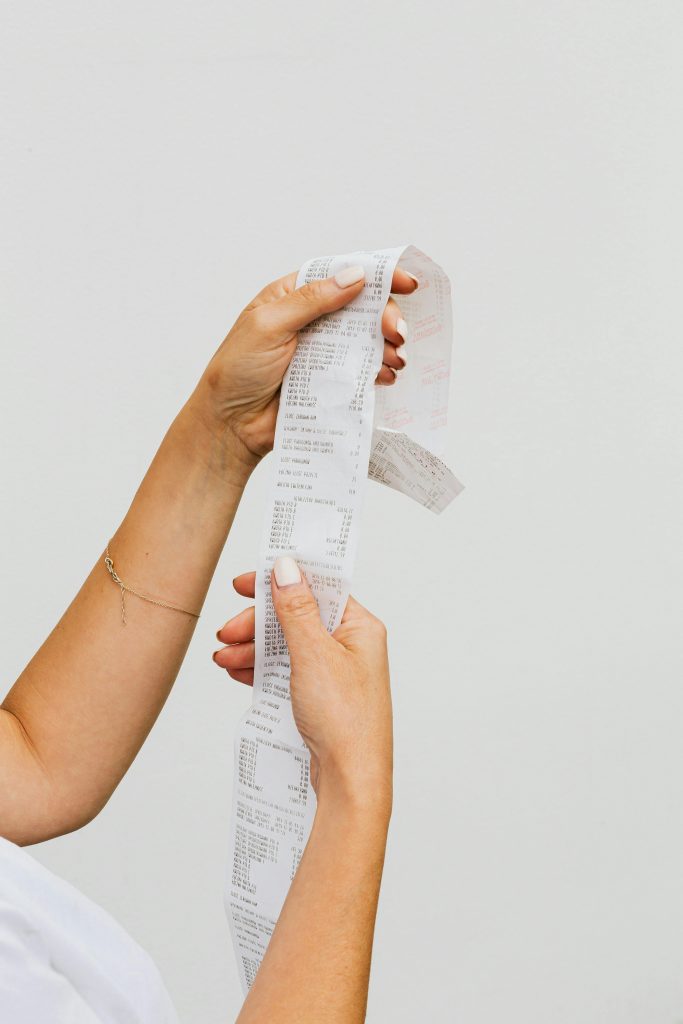Brand colours are a powerful communication tool. They can draw our attention, evoke specific emotions, and make information memorable. But how can you choose the right brand colours for your business?
In this article, you’ll learn everything you need to know about selecting brand colours, and I’ll give you a practical step-by-step guide to crafting an impactful and functional brand colour palette.
Before we get into it, let’s understand what brand colours are and why they are so important for your business.
What Are Brand Colours?
Brand colours are a set of colours chosen to reflect your unique brand identity.
In a typical brand colour palette, you’ll find one or two primary colours. These colours are often seen in your logo and other core brand elements, making the brand recognisable.
Alongside the primary colours, you’ll have a set of complementary secondary and tertiary colours, perfect for adding accents, creating backgrounds, or setting text in.
When selecting your brand colours, align them with your overall brand strategy to ensure they convey the intended message and brand personality.
Why Are Brand Colours So Important?
You shouldn’t choose your brand colours purely on aesthetics and personal taste.
Use colour as a strategic tool for your brand-building. Here’s how your brand can benefit from colours:
- Shaping Brand Identity: Brand colours help shape your brand identity and ensure a consistent brand image across all platforms and brand touchpoints.
- Brand Recognition: They make it easier for people to remember and identify your brand. Many say brand colours increase brand recognition by up to 80%. This claim is attributed to the Seoul International Colour Expo, but without context, I find it questionable. In fact, colour alone is usually not enough to clearly identify a brand, find out why in my article What makes a brand recognisable?.
- Differentiation: Colours help people tell your brand apart from its competitors.
- Influencing Brand Perception: Colours communicate your brand personality and a certain vibe. Is your brand trustworthy, luxurious, calm, or exciting?
- Building Trust: Repeatedly using the same colour palette can strengthen people’s loyalty and trust in your brand.
10 Steps to Creating Your Unique Brand Colour Palette
1. Define Your Brand
Before looking at colour swatches, take a moment to truly understand your brand—its internal drivers, audience, and market. Ask yourself questions such as:
- What is your brand’s mission? Why does your brand exist?
- What core values does your brand stand for?
- Who is your target audience? What are their needs, behaviours, and problems?
- Who are your competitors, and how do they communicate?
- How is your brand positioned against them?
Once you’ve laid the foundation with a solid brand strategy, it’s time to craft your unique brand identity. Consider these elements:
- How do you want your brand to be perceived? How do you want it to feel?
- What is its unique brand personality?
- What brand voice do you want your company to use?
- What visual style do you want your brand to have?
When selecting your brand colours, think about:
- Which colours can help your brand stand out?
- Which colours will resonate best with your audience?
- How can your brand colours effectively communicate your unique personality and differences?
- How can your brand colours help evoke the right feelings?
2. Strike a Balance Between Standing Out and Representing Your Industry
Find the right balance between standing out while fitting into your industry.
It’s a fine line. You want to ensure customers consider your brand when shopping in a specific category.
But you also want to be distinctive enough to stand out.
Take a wellness brand, for example. A calming green might convey a sense of nature and tranquillity. But when all competitors also use green, it’s time to think outside the box.
Maybe a natural sand tone could set the brand apart whilst staying appropriate.
Nevertheless, some brands aren’t afraid to completely stand out from their category—and that can work, too.
Just be mindful of your industry and audience. For example, it might work better for a tech startup than for a pharmaceutical brand.
3. Consider the Effects of Colour Psychology
Colours can trigger various emotions and associations, influencing how your brand is perceived.
While you may not have much influence on people’s personal associations with certain colours, understanding colour psychology might help you make better choices.
Just remember that rules are there to be broken from time to time.
Let’s take a look at some examples:
Yellow
Yellow is generally associated with optimism and happiness. Brands such as McDonald’s, Snapchat and Best Buy use yellow in their branding to convey a sense of joy.
Red
Red can evoke feelings of excitement and passion. Brands like Netflix, Lululemon and Nintendo recognise this strength and incorporate red in their branding.
Blue
Blue is associated with trust and reliability. Brands like Facebook, IBM and American Express know this and use blue to convey a sense of security.
Green
Green is a symbol of growth and nature. Brands like Starbucks, Whole Foods and Animal Planet use green to embody the concepts of freshness and connection to the natural world.
But remember, like every colour, green comes in many hues and shades. Olive, pistachio, forest, and lime green all bring up different associations, don’t they?
So, take colour psychology with a grain of salt.
Although psychological colour associations are often universal, people’s cultural backgrounds can also influence them. This brings us to the next topic.
4. Consider the Cultural Context of Colours
The meaning of a colour can vary depending on the culture.
Be mindful of these differences to avoid unintended associations or misunderstandings.
For example, in Western cultures, red is often associated with danger. But in China, it’s a lucky colour used during New Year celebrations. In Indian culture, red is associated with purity and is typically used in wedding ceremonies.
Similarly, white is commonly used for weddings in Western cultures, but in Japan, it’s traditionally worn at funerals and associated with mourning and death. In African cultures, white can represent spirituality and purity, while red can symbolise power and vitality.
David McCandless’s infographic provides a great visual representation of these cultural differences.
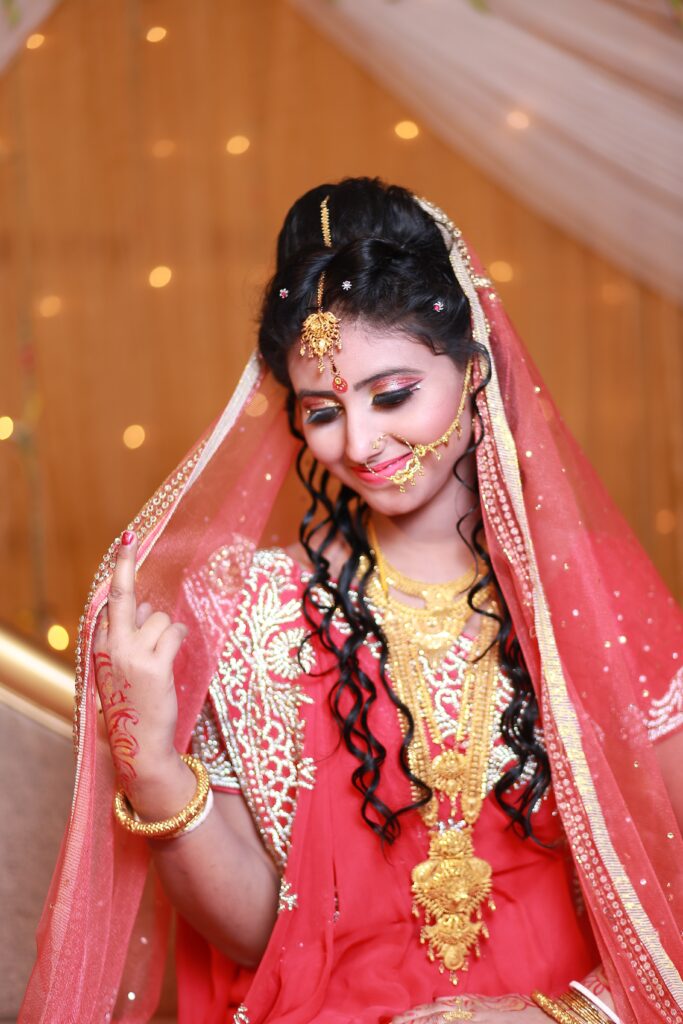
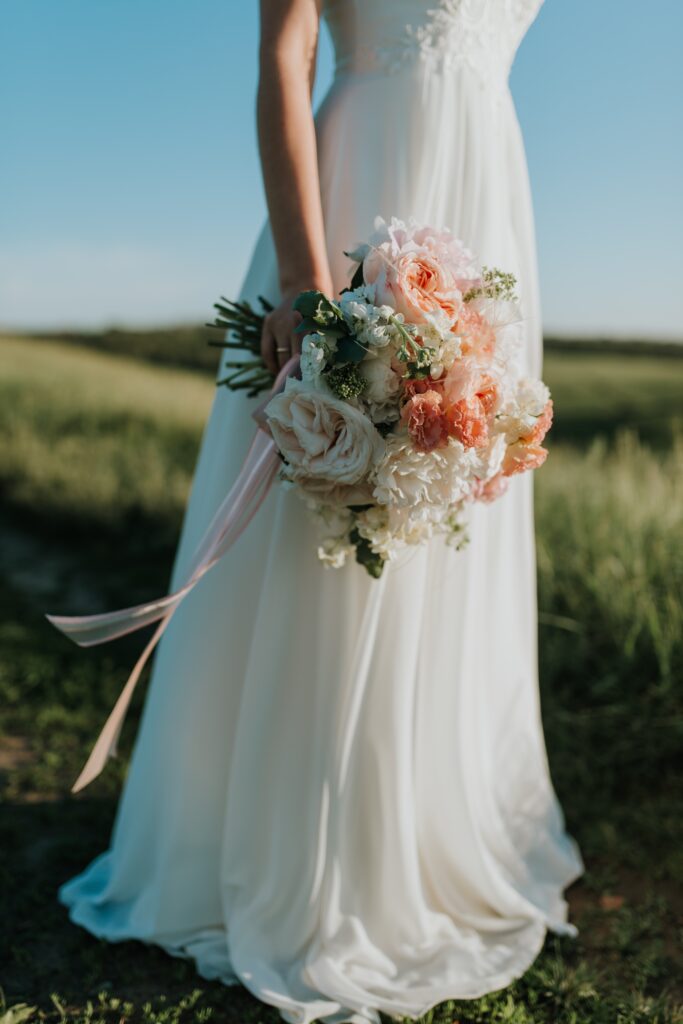
5. Choose Your Primary Brand Colour(s)
When choosing your primary brand colour(s), consider all the factors discussed so far:
- Your brand’s unique identity
- Your target audience
- Your competition
- The norms of your industry
- The psychological impact of colour
- Colour perception in different cultures
Identify one or two primary colours that strike the right balance.
Remember, these colours form the core of your brand’s visual identity, as seen in your logo, website, and other marketing materials.
Take your time to choose colours that accurately represent your brand and are appealing and memorable.
6. Choose Your Secondary Brand Colours
Your secondary brand colours should complement your primary colour(s) and add depth and dimension to your visual identity.
Combining all these colours should create a harmonious and functional brand colour palette.
Let’s explore some helpful tips to achieve that.
How Many Colours Does a Brand Need?
A brand colour palette rarely has only one colour. The secret to creating a harmonious palette is by combining different hues.
There are no strict rules for how many colours you should use. Using too few colours may limit your creative options, while too many can create visual clutter.
As a rough guide, your brand needs at least one or a few of the following colours:
- One or more neutral light colours (e.g., for backgrounds)
- One or more neutral dark colours (e.g., for text)
- Primary colour(s) for brand recognition
- Accent colour(s) to attract attention (e.g., for buttons on your website)
I wrote a whole article on how many colours a brand should have, including 10 examples of real brands.
What Is the Ratio of Colours in a Brand?
A great colour palette alone is not enough. Using all colours in equal proportions risks making your branding look like a kids’ birthday party.
You should use your colours in uneven proportions. Illustrator Greg Gunn once gave a good rule of thumb in a Webinar I attended:
- 60 % primary colour
- 30 % secondary colour
- 10% accent colour
I understand that most brands have more than three colours, but this is a good starting point.
Use Colour Harmonies
To create harmonious colour combinations, use colours that complement each other on the colour wheel.
Let’s take a look at some common colour harmonies:
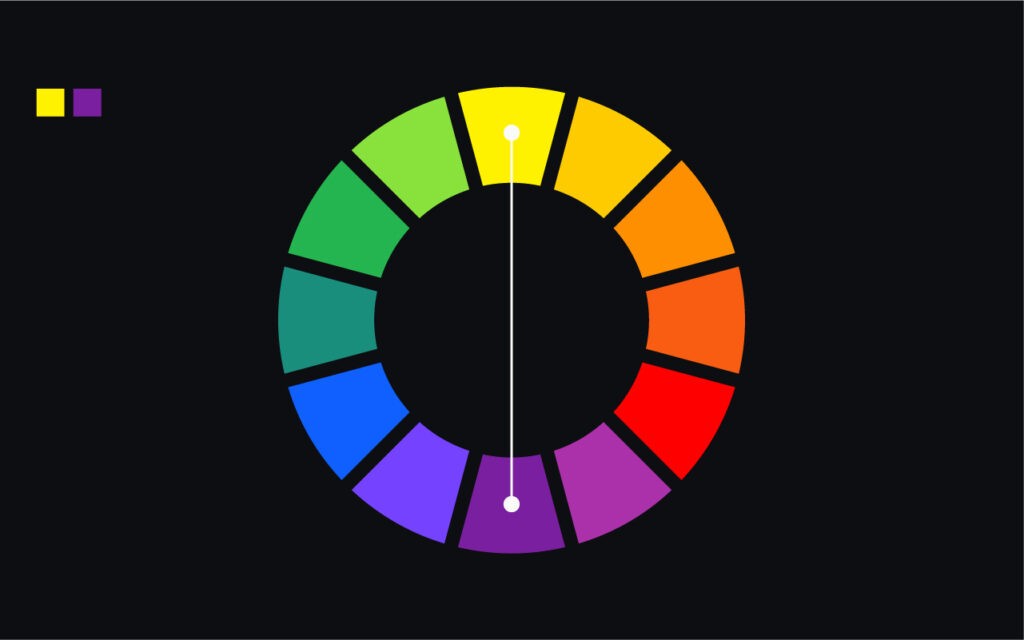
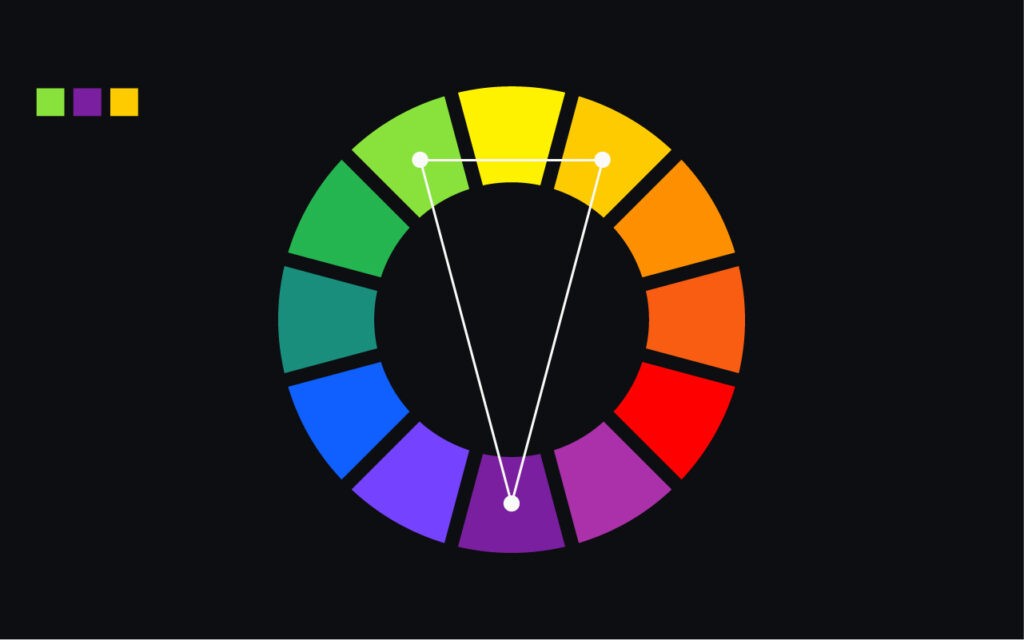
Split complementary colour scheme: A colour and the two colours adjacent to its complementary colour on the colour wheel.
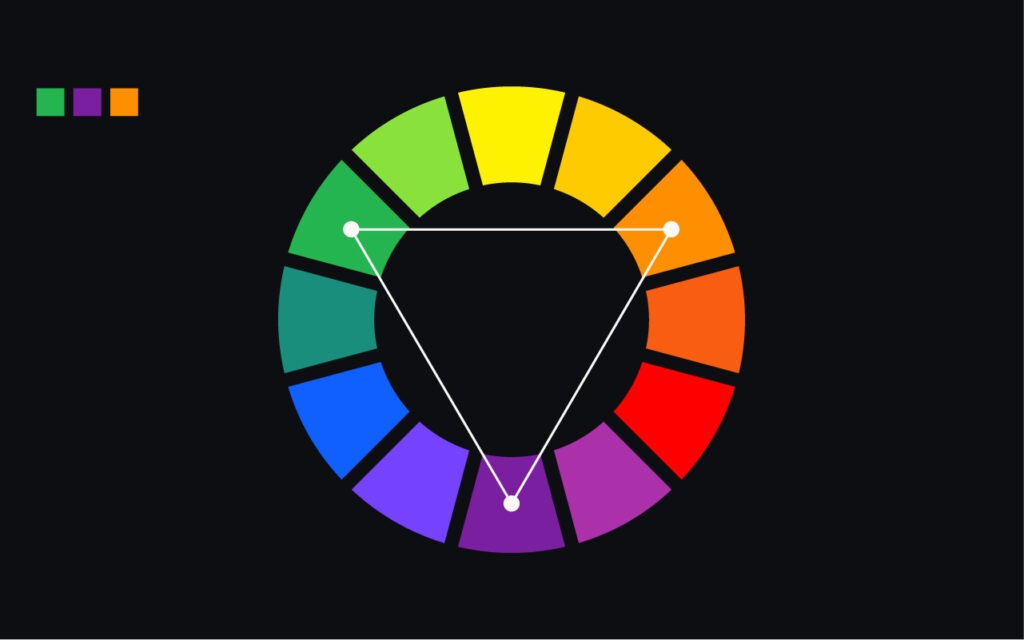
Triadic colour scheme: Three colours that are equally spaced on the colour wheel
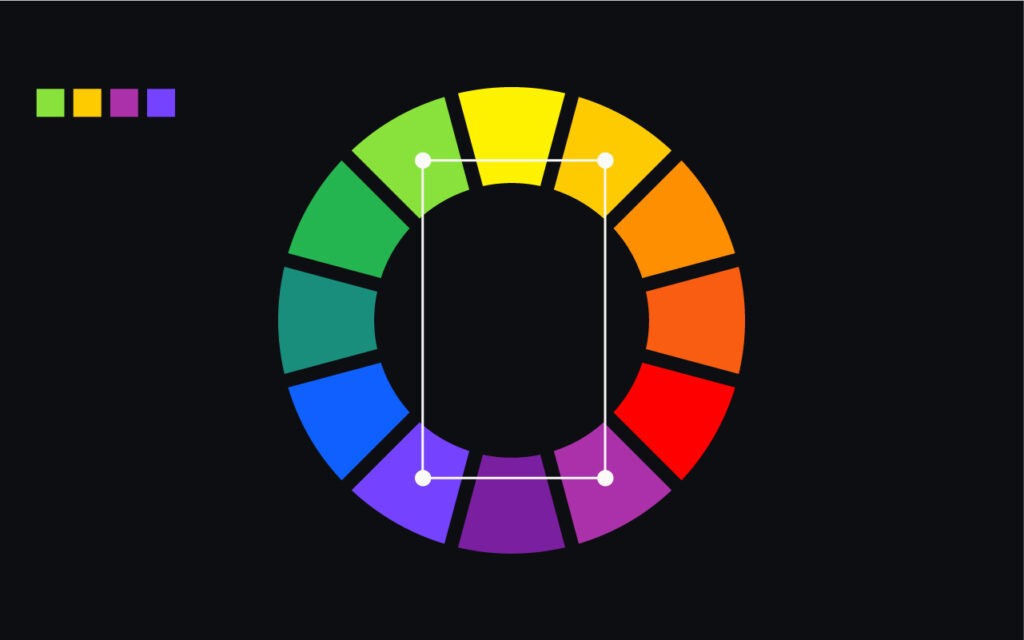
Tetradic colour scheme: Two complementary pairs of colours
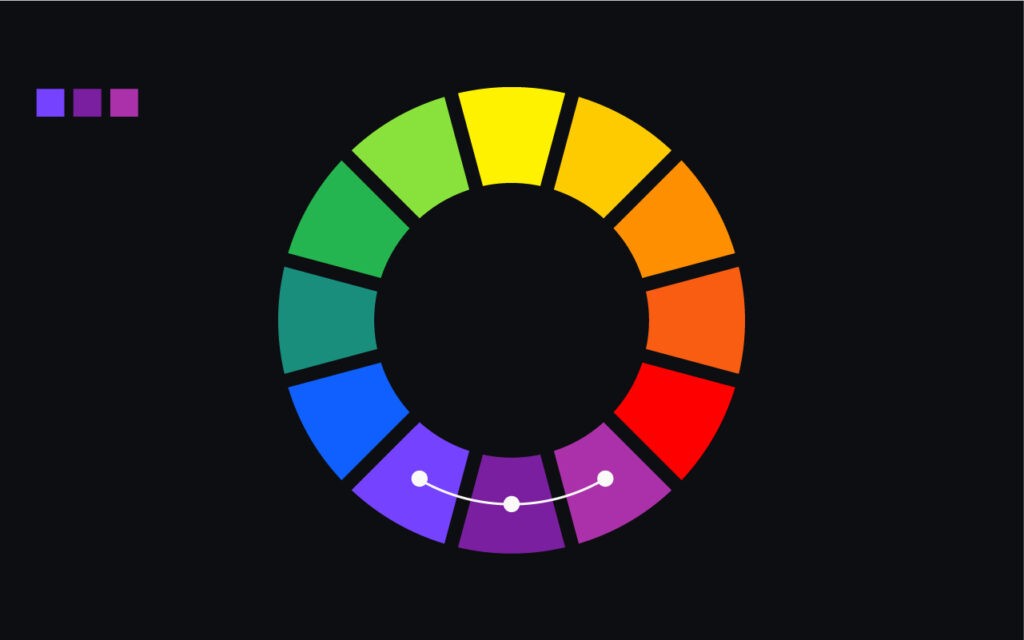
Analogous colour scheme: a combination of three to five colours adjacent to each other on the colour wheel
Experiment With Tints, Tones, and Shades of Colours
Adding white, grey or black to your colours can create more depth and sophistication.
- Tints are created when white is added to a hue, resulting in a lighter version of the original colour.
- Tones are created by adding grey to a hue, resulting in a muted and softened version of the original.
- Shades are created by adding black to a hue, resulting in a darker version of the original colour.
Specify Some Neutral Colours
Don’t neglect neutral colours. They may not seem important, but your brand communication needs them, too—for text, backgrounds …
Typical neutral colours are close to white or black and may have a hint of colour to match your brand identity.
When used well, neutral colours can add a sense of balance and elegance to your branding, giving your designs some room to “breathe.”
Specify Your Functional Colours
As we discussed earlier, brand colours are functional per se. However, you can consider assigning specific functions to individual brand colours, too.
For example, a news website could use a colour-coded system to distinguish between topics. This adds visual interest and helps readers navigate to the content that interests them.
Think about your brand’s main functions and whether colours could support these.
Perhaps you could colour-code different price levels for a product or use a colour to highlight call-to-actions on your website.
Get Inspired and Use Practical Colour Tools
Sometimes, it helps to play around with different colour combinations and get inspired.
Luckily, there are lots of online tools that can help you with the creative process:
- Coolors: A playful and interactive tool offering a range of tools for creating and managing colour palettes, including a palette generator, contrast checker, and palette visualiser. It also provides options for creating gradients and much more.
- Adobe Color: Provides ready-made colour palettes and allows you to create your own using the colour wheel. You can also upload reference images to extract colours and export the results in various formats.
- Colour Hunt: A curated collection of beautiful colour palettes shared by designers worldwide.
- Dribbble or Behance: Browse other designers’ work and let it inspire you.
- Canva Color Palette Generator: Generate colour palettes from uploaded images or get inspired by pre-made palettes.
- Material palette generator allows you to create and customise colour schemes according to the Material Design guidelines.
- Pinterest: Get inspired by the colours used in illustrations, photography, …
7. Test your colours
Once you created a brand colour palette you like, test it in different contexts.
- What do the colours look like on different backgrounds?
- Do they work well in combination with your logo and brand fonts?
- Do they support your brand voice?
Consider Accessibility
Make sure your colours are accessible to all users, including people with visual impairments.
You can use colour contrast checkers to ensure the colour combinations have sufficient contrast and text is easy to read on backgrounds.
Test Your Colours in Different Applications
Make sure the colours work in different applications, such as print and digital formats.
This way, you can be sure your colours look good and represent your brand effectively wherever they appear.
Remember, consistent use of brand colours is the key to building recognition and creating a cohesive brand experience.
Create Mockups and Prototypes
You can use mockups to get a feel for how your brand colours will appear in the real world.
You can find a selection of the best premium mockup sites here.
But don’t forget to try different printing techniques to see how your colours will come across when printed.
8. Consider Future Growth
Are your chosen colours scalable as your business expands?
Will the colours still fit when the brand enters new markets or launches new products and services?
It’s okay not to know everything upfront, but taking the time to consider these factors can pay off in the long run.
It also helps to have some variation in your secondary and tertiary colours so your communications don’t become boring.
9. Use Your Brand Colours Consistently
I have mentioned this before: consistency is key to creating a recognisable brand.
So, use your colour palette consistently across all brand touchpoints. This will forge a connection between your brand and its audience, strengthen brand recognition and build trust and loyalty.
It’s worth noting that colours can vary on different mediums, such as on a computer screen versus in print.
To ensure consistency across all mediums, create brand guidelines and specify different colour codes such as Hex, RGB, CMYK, and Pantone. Then, stick to your specifications.
10. Review and Refine
Finally, you should periodically review and refine your brand colours as needed.
As your business grows and adapts, you might need to make subtle colour adjustments or introduce additional shades. This will ensure that your brand remains relevant and aligned with your business’s evolving identity and requirements.
But be careful. Always consider the impact on your existing brand identity and recognition.
Example: Mailchimp’s Brand Colours
Let’s take a closer look at Mailchimp’s use of brand colours.
The company’s brand identity uses a mix of bold colours, including yellow, orange, blue, and pink.
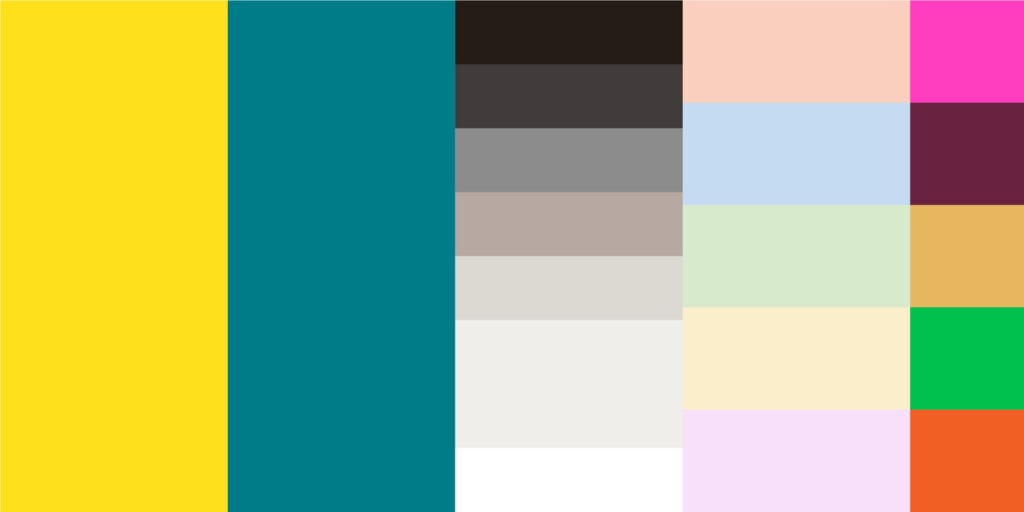
Mailchimp’s primary colour is yellow, which communicates its sunny, friendly, and approachable personality. You’ll see this vibrant colour featured in its logo and throughout its branding materials.
Mailchimp also uses a dark shade of turquoise as a call-to-action colour to indicate to users where they need to click and interact on its website.
Additionally, Mailchimp uses a range of greys as neutral colours to balance the bold colours. These greys are used in backgrounds, text, and other elements, helping to create a cohesive and uncluttered look.
Lastly, Mailchimp strategically incorporates other colours, such as pops of orange or purple, as accents and highlights.
Despite using such a wide range of colours, Mailchimp’s brand identity never looks cluttered—because the company pays attention to colour proportions.
Conclusion
Colours play a significant role in branding. They shape your brand identity and people’s perceptions and help identify your business quickly.
Consider the ten steps outlined in this article to create an effective brand colour palette:
- Define your brand: Lay a solid foundation by defining your brand’s mission, values, target audience and positioning.
- Strike a balance between standing out and representing your industry: Find the right balance that distinguishes your brand while fitting into your industry context.
- Consider the effects of colour psychology: Understand which emotions specific colours commonly trigger in people.
- Consider the cultural context of colours: Be mindful of cultural differences in colour perception.
- Choose your primary brand colour(s): Select one or two primary colours to represent your brand.
- Choose your secondary brand colours: Complement your primary colours with secondary hues to create a harmonious brand colour palette.
- Test your colours: Ensure your colours work effectively across various contexts and mediums.
- Consider future growth: Think ahead and choose colours that can scale as your business expands or diversifies.
- Use your brand colours consistently: Maintain brand consistency with the help of a brand style guide.
- Review and refine: Regularly reassess your brand colours and refine them when needed to stay relevant and aligned with your brand’s evolution.
You might also like my guides on choosing brand fonts and developing a strong brand name.
Are you looking for more DIY branding help? Check out my compilation of branding resources.
For help with your branding, don’t hesitate to contact me.
Disclosure: This article contains an affiliate link.




